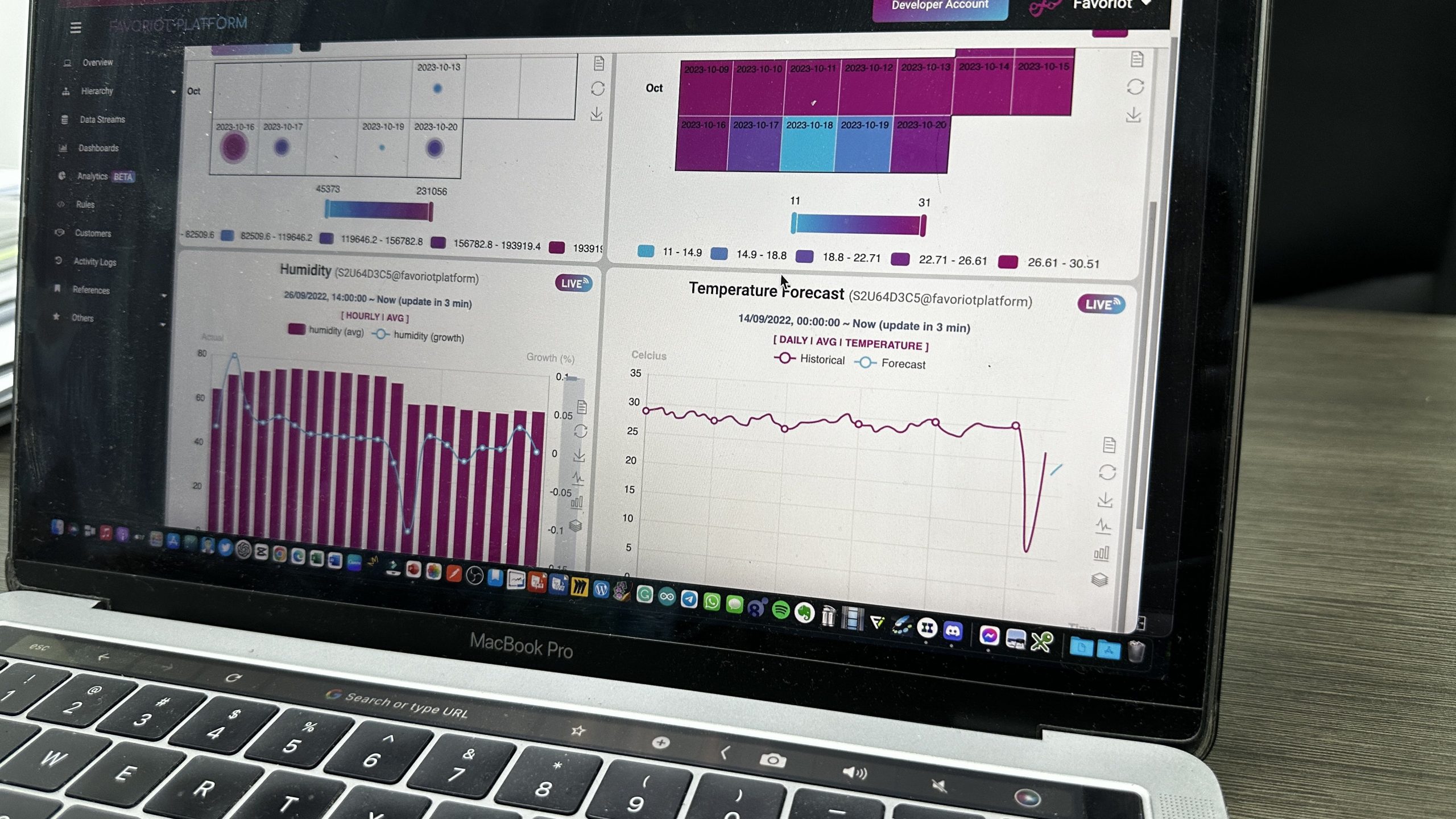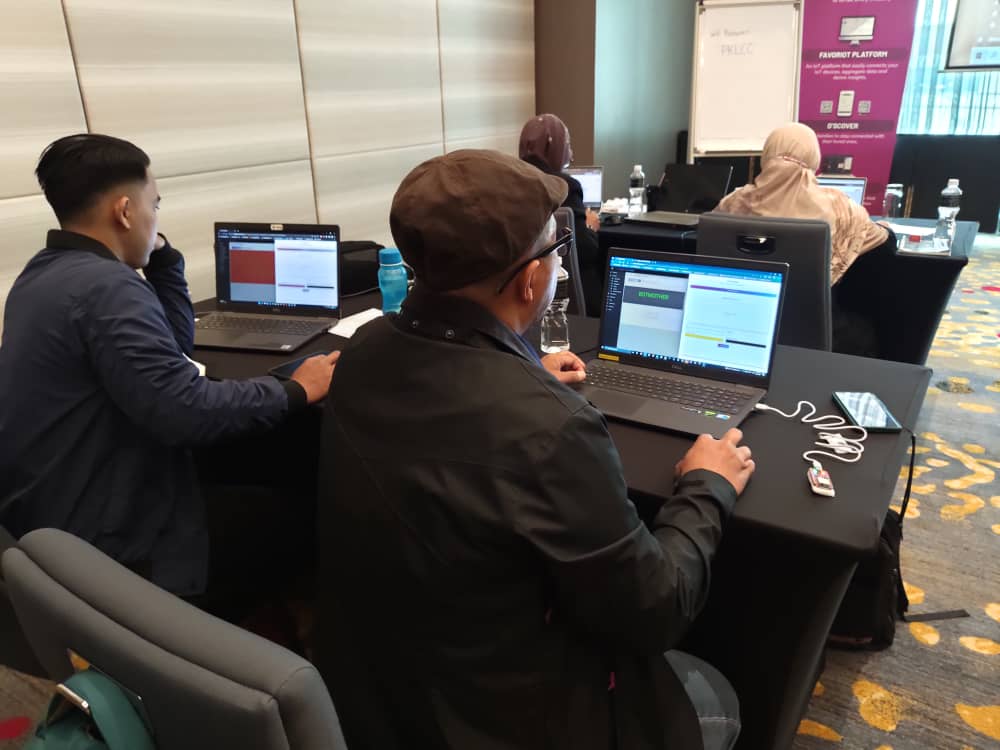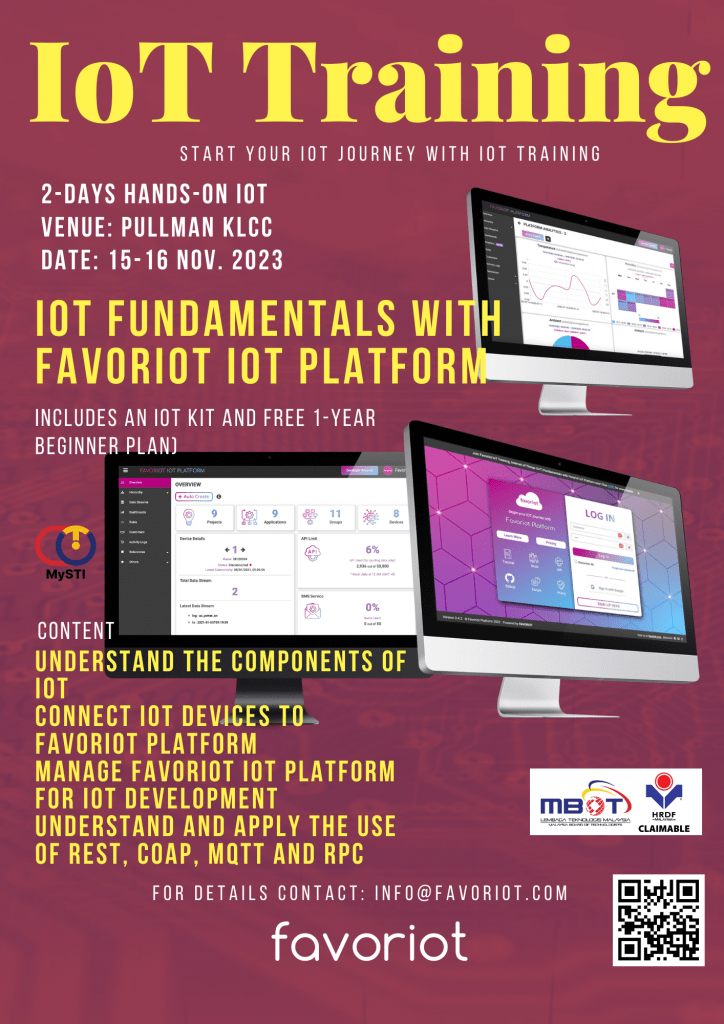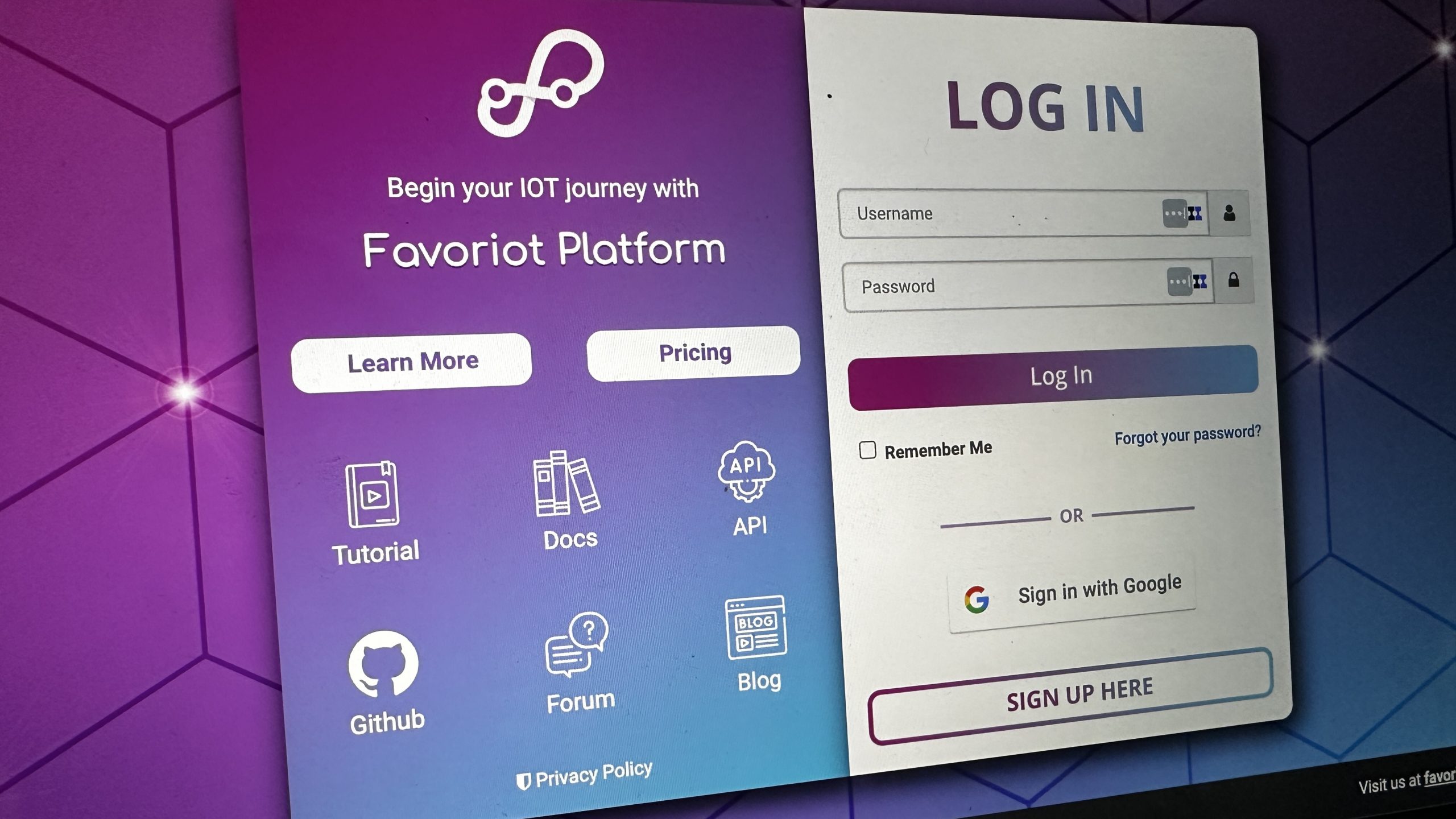
20 Things You Need to Know About FAVORIOT IoT Platform Before You Start Your IoT Projects
October 20th, 2023 Posted by favoriotadmin BLOG, Internet of Things, IOT PLATFORM 0 thoughts on “20 Things You Need to Know About FAVORIOT IoT Platform Before You Start Your IoT Projects”Choosing a sturdy and trustworthy platform is crucial for smoothly integrating and managing interconnected devices. Among the various options, Favoriot emerges as a distinguished platform designed to meet the varied needs of IoT (Internet of Things) projects. It is carefully built to offer a wide range of features that simplify device connectivity, management, data handling, and other crucial IoT functionalities.
The subsequent analysis outlines twenty significant advantages of utilizing the Favoriot IoT platform, each markedly enhancing IoT deployments’ efficiency, security, and scalability.
- Device Connectivity:
- Favoriot proficiently facilitates the integration of a wide range of protocols and data structures into a unified Application Programming Interface (API), ensuring accurate data transmission and seamless interaction across all integrated devices. This optimizes device interoperability within the IoT ecosystem.
- Device Management:
- This platform provides robust remote device administration capabilities, continuous operational status monitoring, and agile configuration adjustments to meet evolving operational needs. It simplifies the abstraction of physical entities within IoT domains, promoting an efficient yet straightforward device management paradigm.
- Scalable Database:
- Favoriot proposes a scalable repository for device data, adeptly navigating the complexities of hybrid cloud-based databases in terms of data volume, variety, velocity, and veracity. This ensures data integrity and availability.
- Business Logic:
- It incorporates rule-driven event-action mechanisms to animate data, empowering a dynamic, responsive operational logic that enhances decision-making processes.
- Notification Engine:
- The platform integrates business logic with an advanced notification apparatus to orchestrate “smart” actions based on specified sensor data, bolstering real-time responsiveness and system efficacy.
- Dashboarding:
- Favoriot allows users to discern emergent patterns and monitor trends via intuitive visualization dashboards, where data is artfully delineated through various chart types, fostering informed decision-making.
- Application Integration Interface:
- It furnishes robust APIs functioning as conduits for seamless third-party system integrations, thereby expanding the interoperability and functional breadth of the IoT ecosystem.
- Security:
- Ensures secure engagements with the IoT Middleware via the fortified HTTP/TLS protocol, safeguarding data transmission. It provides comprehensive encryption and user authentication from end to end, establishing a secure, trust-centric IoT environment.
- Rapid Prototyping:
- Champions rapid prototyping to expedite IoT development, accelerating the transition from conceptualization to operationalization, thereby reducing time-to-market.
- Learning Basics of IoT Middleware:
- Fosters a conducive environment for understanding fundamental IoT middleware concepts, enhancing user proficiency and system optimization.
- Cost-effective IoT Deployment:
- Proposes cost-effective avenues for IoT deployment, including a diverse array of subscription tiers ranging from complimentary to premium, catering to varying budgetary and operational needs.
- Ease of IoT Devices Onboarding:
- Simplifies the induction process for IoT devices, facilitating a hassle-free onboarding experience, and accelerating deployment.
- No Requirement for Server Purchase, Deployment, or Maintenance:
- Absolves organizations from the necessities of server procurement, deployment, or maintenance, reducing operational overheads and total cost of ownership.
- Ease of Use:
- Engineered for user-centricity and intuitive engagement, permitting immediate utilization without extensive acclimation, promoting user adoption and satisfaction.
- Comprehensive Documentation and Online Support:
- Avails exhaustive documentation and online support for assistance, fostering a well-supported user community and facilitating issue resolution.
- Built-in Analytics Tools:
- Accommodates inherent analytics tools for meticulous data scrutiny and visualization, facilitating efficacious communication of discoveries and fostering data-driven decision-making.
- Cloud-based Platform:
- Accessible universally with internet connectivity, enabling real-time data accumulation and monitoring, promoting operational agility and global scalability.
- Unlimited Devices:
- It supports an unrestricted number of devices, making it apt for large-scale IoT initiatives and accommodating growth without compromising performance.
- Management Based on Hierarchy:
- Ingeniously structures management hierarchically for effortless administration from projects to streams, promoting organizational clarity and operational efficiency.
- Real-time Action Triggering:
- Embodies an Event Processing Rules Engine that activates real-time action triggering, enhancing system responsiveness and operational efficacy.
These attributes collectively highlight Favoriot as a robust, scalable, and user-centric platform impeccably engineered for adeptly steering IoT projects across diverse operational landscapes.
Contact us for an appointment.



